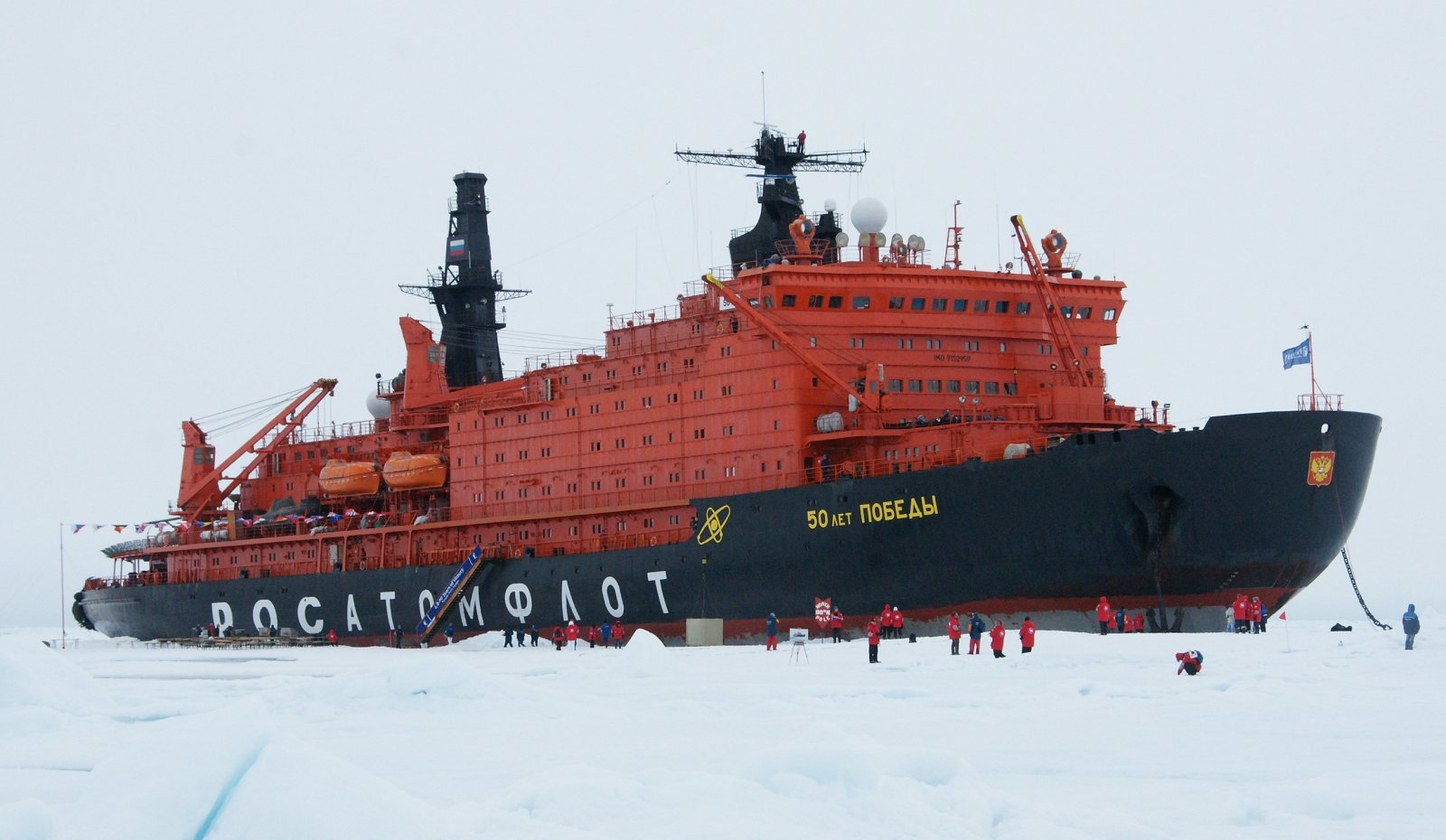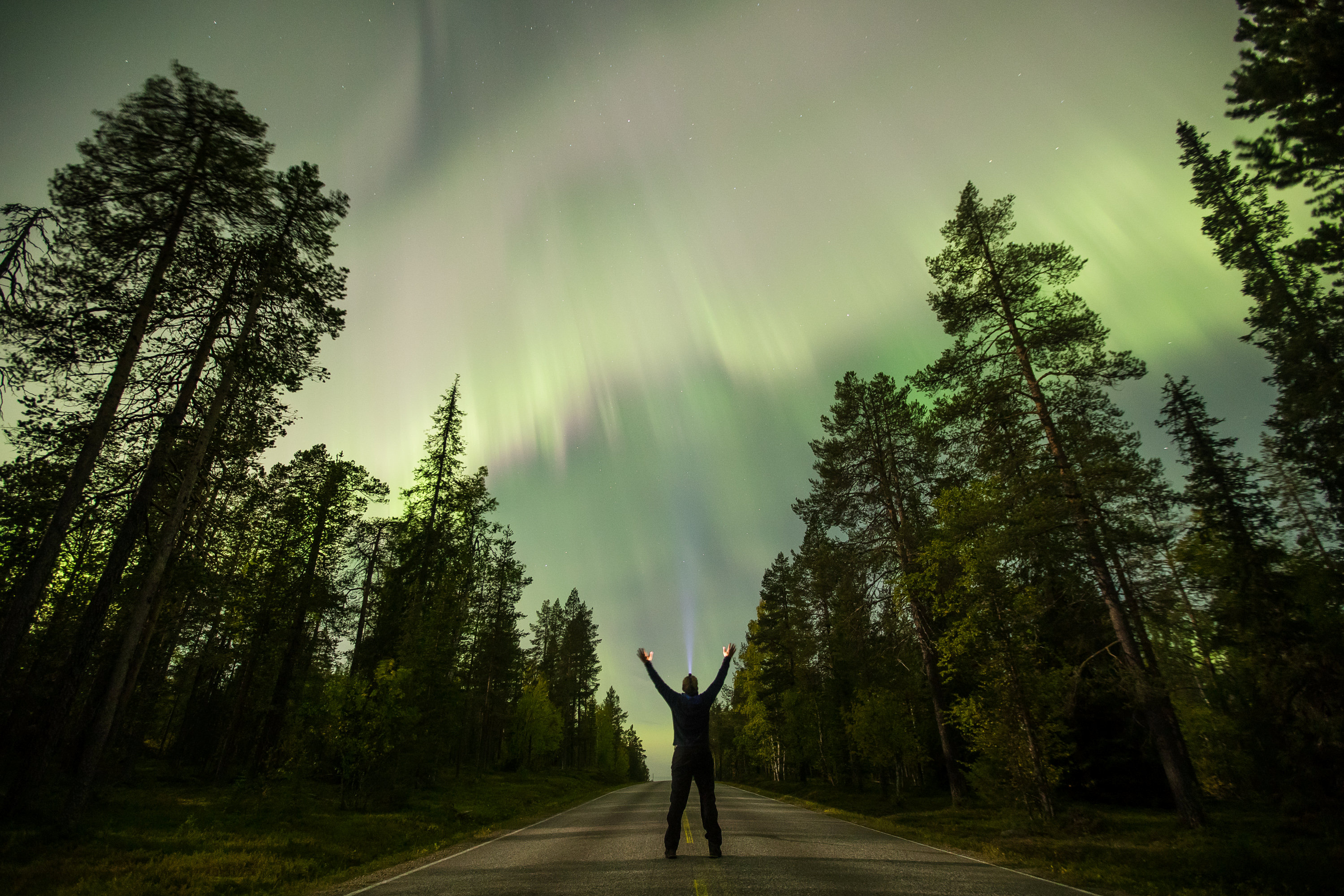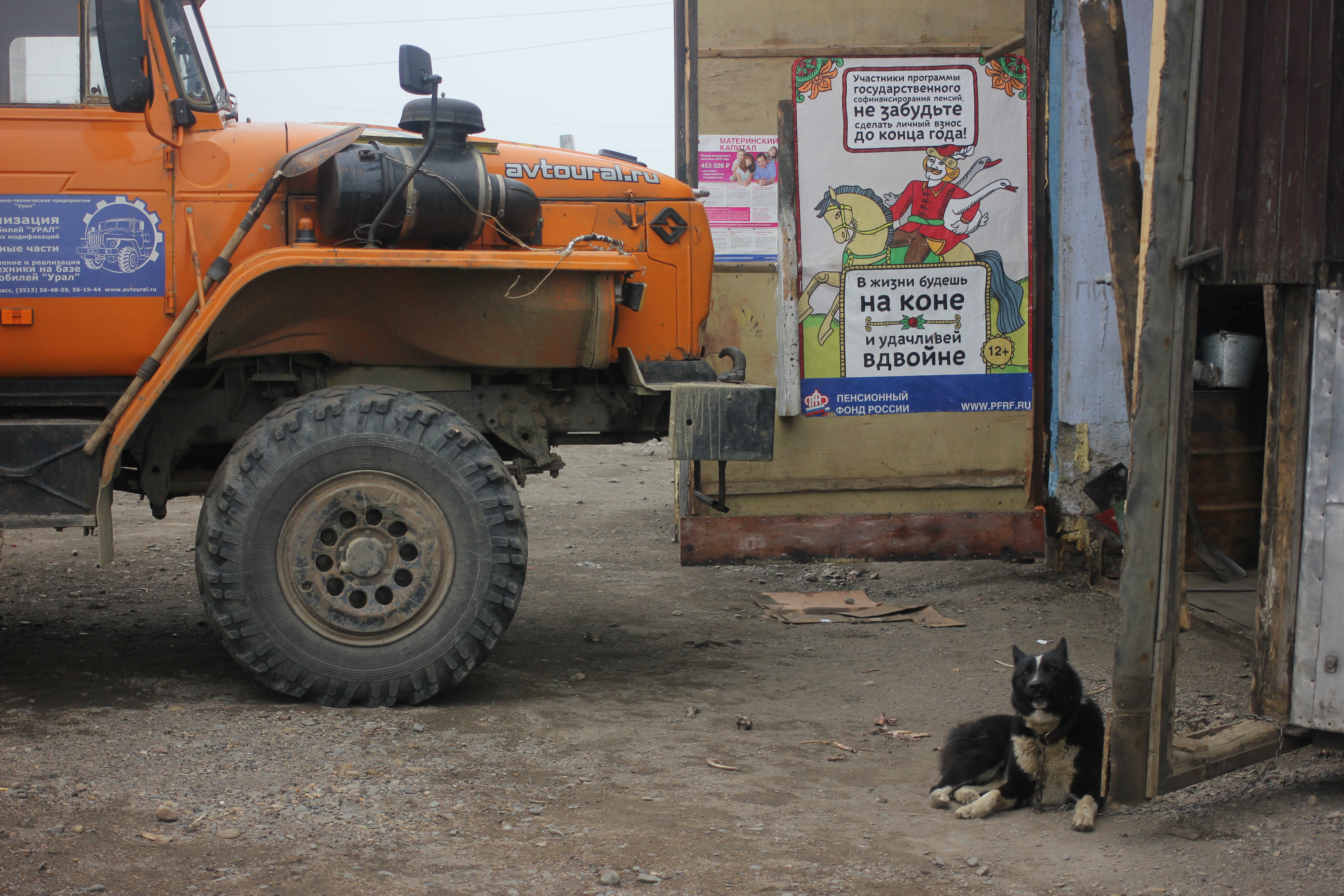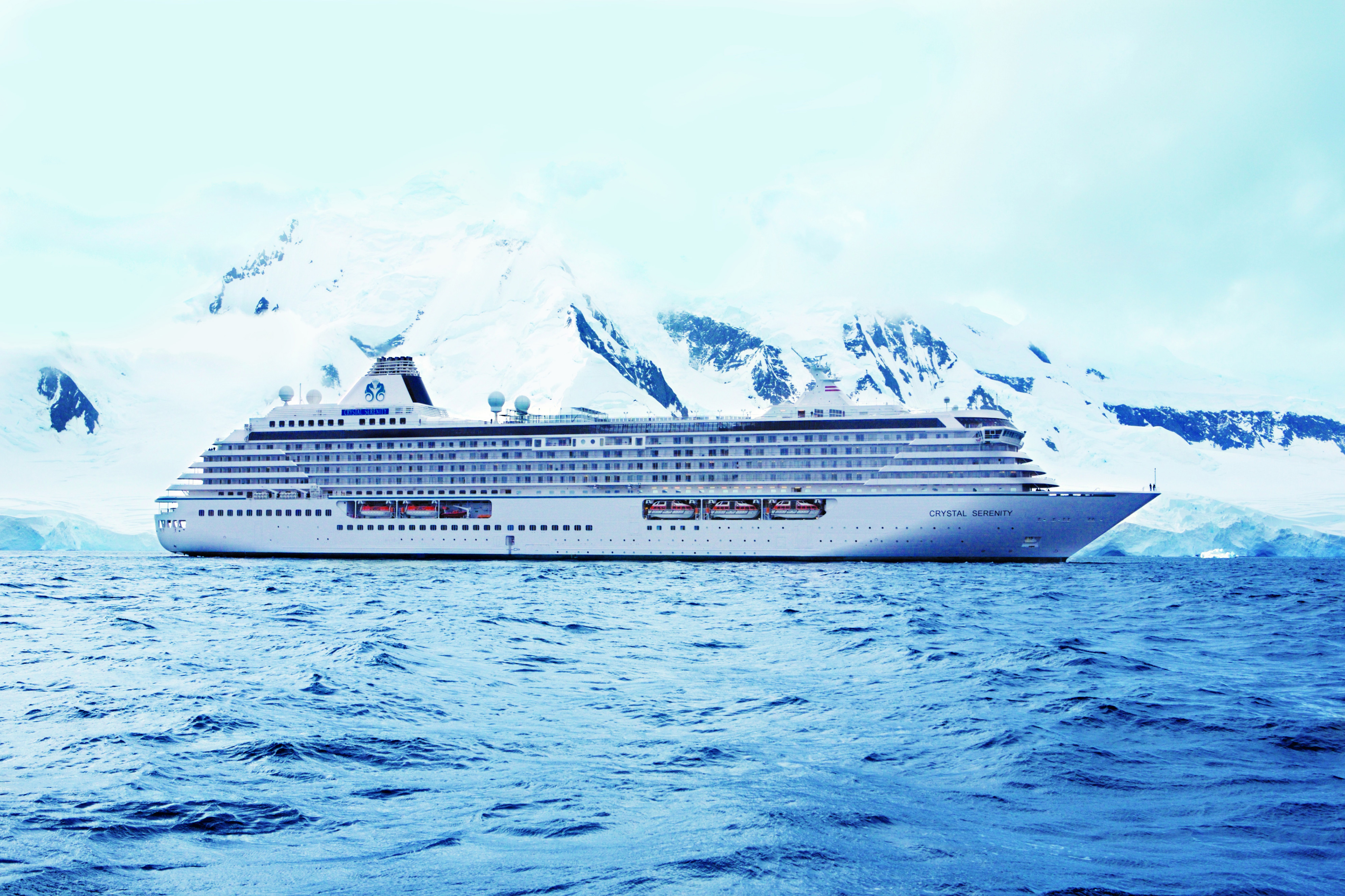Changes in the Arctic are driving more tourists to visit

When Fran Ulmer stood at on the ice at the North Pole in July, she was part of an emerging business trend — tours to the changing Arctic.
Ulmer, who chairs the U.S. Arctic Research Commission, was a featured lecturer on a cruise of tourists riding from the Russian port city of Murmansk to the northernmost point of the earth. Those cruises are conducted on nuclear-powered government icebreakers that are leased out in summer for the tourism business.
In her icebreaker journey, Ulmer saw clear signs of Arctic warming, the forces that are drawing some tourists who want to see the region before it changes too much more.
“I have to tell you that the day we were at the North Pole, it rained,” she said at a recent Arctic conference in Anchorage. “We didn’t see any ice that was more than a meter thick.”
(She detailed the visit in a post on the website of the Nature Conservancy, an organization for which she serves as a director.)
The phenomenon known as “last-chance tourism,” has been identified for at least the past decade. It has inspired people to visit climate-imperiled sites like Mount Kilimanjaro, the Great Barrier Reef and the Florida Everglades, experts say, and it has been promoted, at times, to bring tourists to the Arctic.
But there is more to the surging Arctic tourism business than climate concerns or morbid curiosity, officials say.
The general mystique of the Arctic boosts the industry, and opportunity to view the northern lights is a particular attraction, said Stefan Lindstrom, Finland’s Los Angeles-based counsel general.
“Right now, Finnish Lapland is basically sold out,” he said. Much of the business comes from Asia, Lindstrom said. “We have direct flights from China right now to Finnish Lapland. You can imagine what that means for tourism,” he said.
Finland — “a superpower for Arctic tourism” — has 90 percent of the hotel beds in the circumpolar Arctic, Lindstrom said. And many of them are booked a year in advance.

Finland has another important infrastructure advantage: its well-functioning Helsinki-Vantaa Airport, where maintenance workers can easily handle several feet of snow, he said. The last time the Helsinki airport was closed for weather was in 2003, and that was for only 30 minutes.
Arctic tourism in Russia’s Far East region is not as developed as in Finland or even Alaska, but some companies are still trying to benefit from tourism growth.
One is Air Russia, a small carrier that operates charter flights and seasonal service between Anchorage and the Russian Far east cities of Petropavlovsk-Kamchatsky and Yakutsk. The company has been bringing Japanese tourists to Fairbanks to view the northern lights, and is known for helping get Russian athletes to the 2014 Arctic Winter Games held in Fairbanks, said Mark Dudley, its Seattle-based regional director.
There is potential for growth, Dudley wrote in an email, especially from Russia’s domestic tourism market.
After Western nations slapped sanctions on Russia for actions in Ukraine, Dudley said, devaluation of the ruble made international travel expensive for Russian tourists, providing an incentive for them to visit remote parts of their own country.
“As such, there is a surge in domestic travel: more Russians are traveling throughout Russia, including Kamchatka and the Arctic, than ever before, and infrastructure and service are improving,” he said. “By the time our relationship with Russia improves, they’ll be in a much better position to receive high-volume American tourists.”

The Russian government has taken steps to draw more international visitors, too, said Andrey Bondarev, head of the economic office at the Russian Embassy to the U.S. Bondarev, who spoke by Skype to the conference in Anchorage, cited a new policy of granting 72-hour visa-free travel to Murmansk and Arkhangelsk for cruise ship passengers.
Interest in Arctic tourism is not unlimited, though.
The luxury cruise ship that sailed the Northwest Passage from Alaska to New York this year and last year, the Crystal Serenity, will not be returning to the route next year — and when the company does return to the route, it will likely be with a smaller ship. Crystal Cruises’ 2016 tour, with most berths costing more than $20,000, was sold out, but this year sales were down by about 20 percent, Nome-based radio station KNOM reported.

(Courtesy Crystal Cruises)